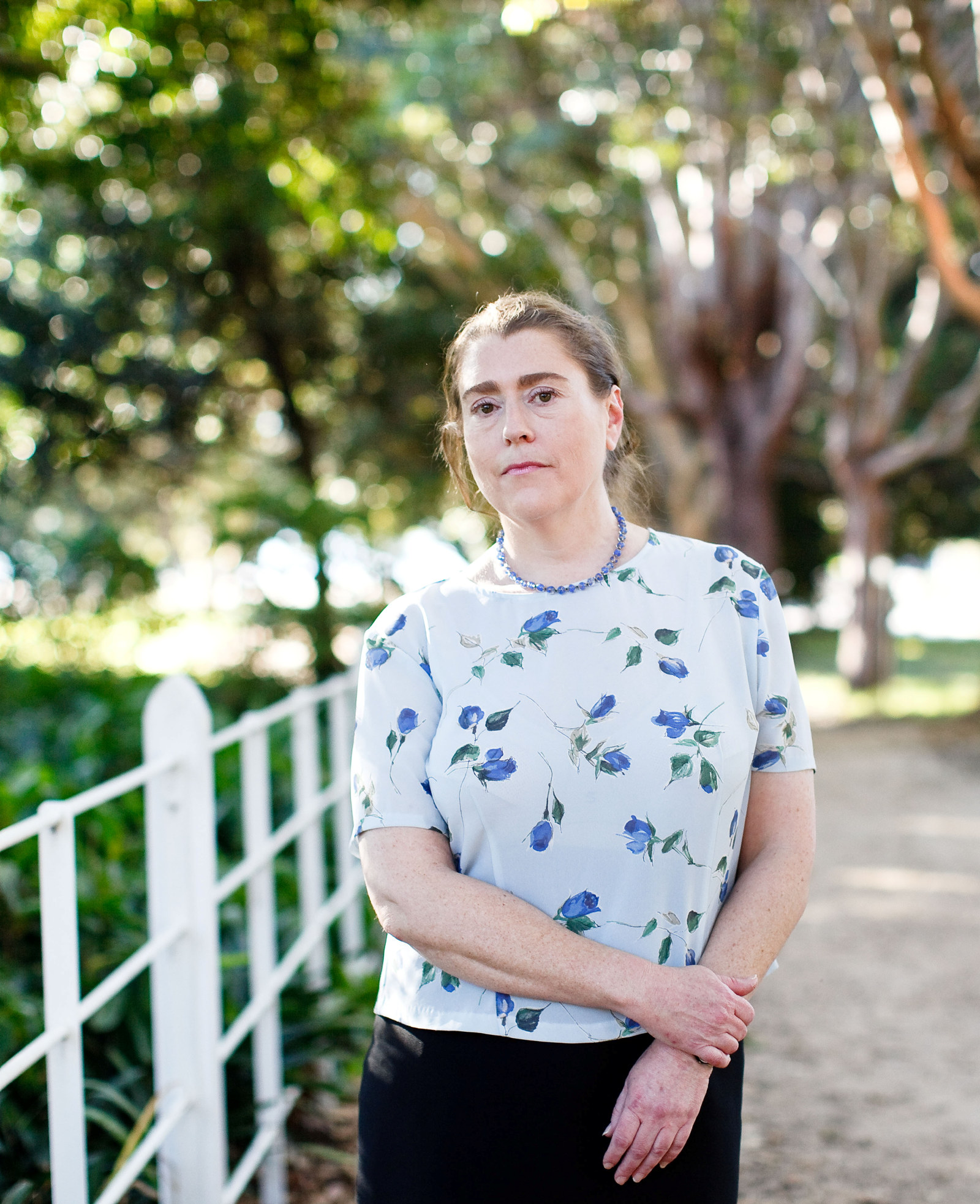Alexander Coles Child
1892–1974
Alexander (Alec or Alex) Coles Child, grandson of an old friend of Bessie Rouse, was a university student and master at Mosman Church of England Preparatory School when he enlisted in the Australian Imperial Force in May 1916.
The elder son of Arthur William Child (1864–c1937) and his wife, Eliza Mona Bell (1864–1947), he was born at Armidale on 15 June 1892 and educated at Bega, Sydney and Sydney Church of England grammar schools. After several months in camp in Australia, Alec embarked for England in October as a private in the 21st Reinforcements of the 1st Infantry Battalion.
Following further training in English camps, he transferred to the Machine Gun Corps and joined his unit at Ypres in October 1917. He was evacuated from Flanders in February 1918 with trench fever, a debilitating disease carried by the lice that thrived in the squalid conditions of the trenches. Alec spent several months in hospital in England before rejoining his unit in July. In October 1918 he was promoted to lance corporal. A friend later observed that it was remarkable that his tough experiences in the trenches ‘did not embitter him or make him crude. Instead they produced a tolerance of and a respect for men of good will’.1
Returning to Australia in April 1919 under provisions for the early return of university students, Alec began teaching at Mosman again and resumed his studies at the University of Sydney. In 1922 he was awarded his Bachelor of Arts (gaining a Master of Arts in 1933) and joined the staff at Cranbrook, Bellevue Hill, where he was a deeply respected master affectionately known as ‘Algy’. He remained at Cranbrook for over 40 years, serving as housemaster, senior master, head of the English and History departments, the first President of Common Room, and twice as acting headmaster. A driving force in the development of debating and drama, Alec also coached cricket and tennis, was the first member of staff to go on exchange to England, and wrote the first history of the school.
He was described by a former pupil as – perhaps frustratingly – having ‘none of those extraordinary mannerisms which schoolmasters seem to be born with … He had a voice which did not lend itself to mimicry … And yet, without any of these artificial aids to popularity, he impressed us all with his inate [sic] gentleness of manner, a quiet authority and sense of balanced scholarship’.2 In June 1939 Alec married Marjorie Paton Sinclair (1908–1997), and the couple had two children. Alexander Coles Child died on 12 April 1974.
Footnotes
- The Cranbrookian, June 1974, p8.
- A C Child, Cranbrook: the first fifty Years 1918–1968, [Cranbrook School, Sydney, 1968], p180.
Published on
More
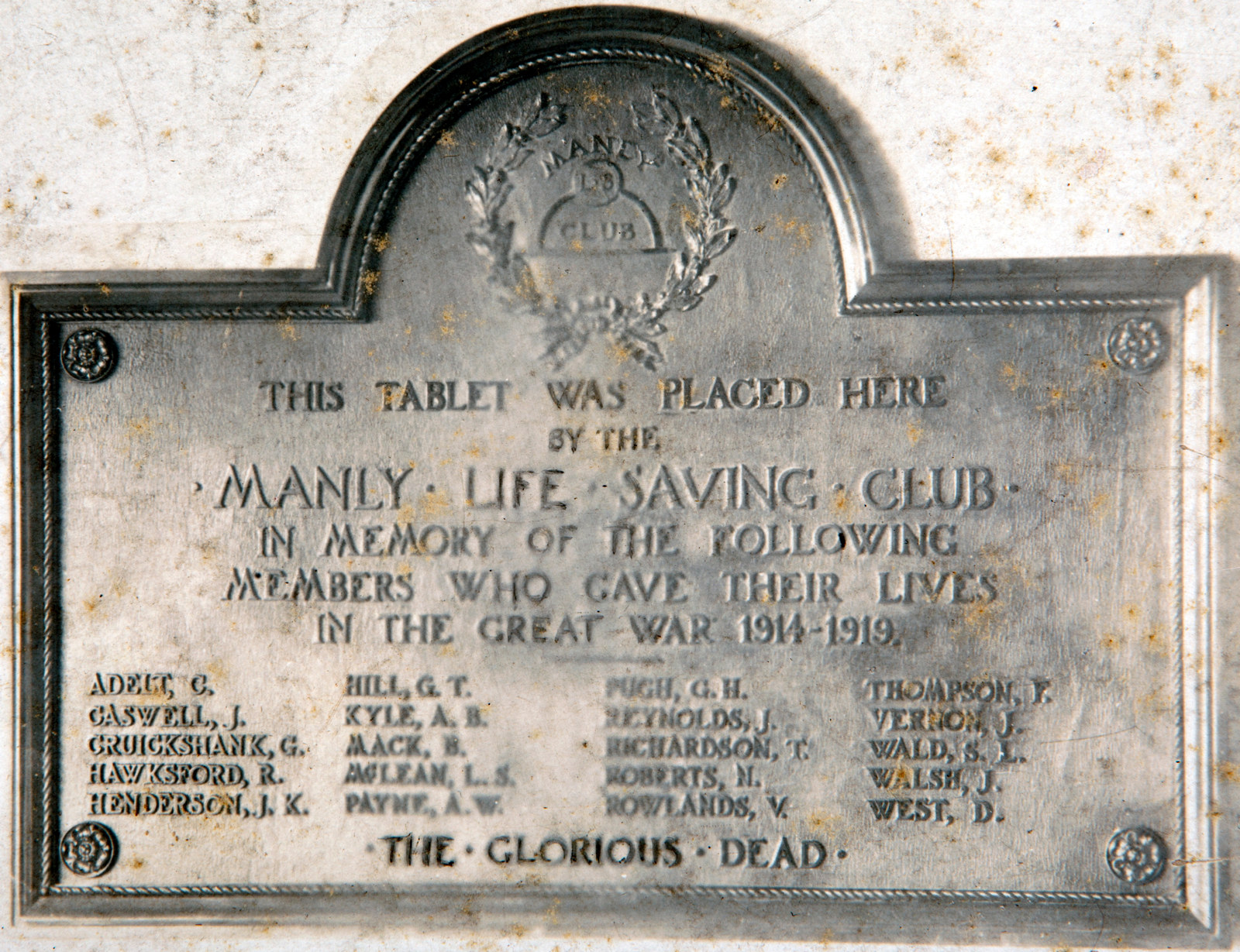
WW1
Commemoration
Hear the poignant personal stories behind battlefield grave markers in Egypt, France and Gallipoli, as well as the stories behind workplace honour rolls, one of the most common, but often hidden, forms of war memorial in Australia
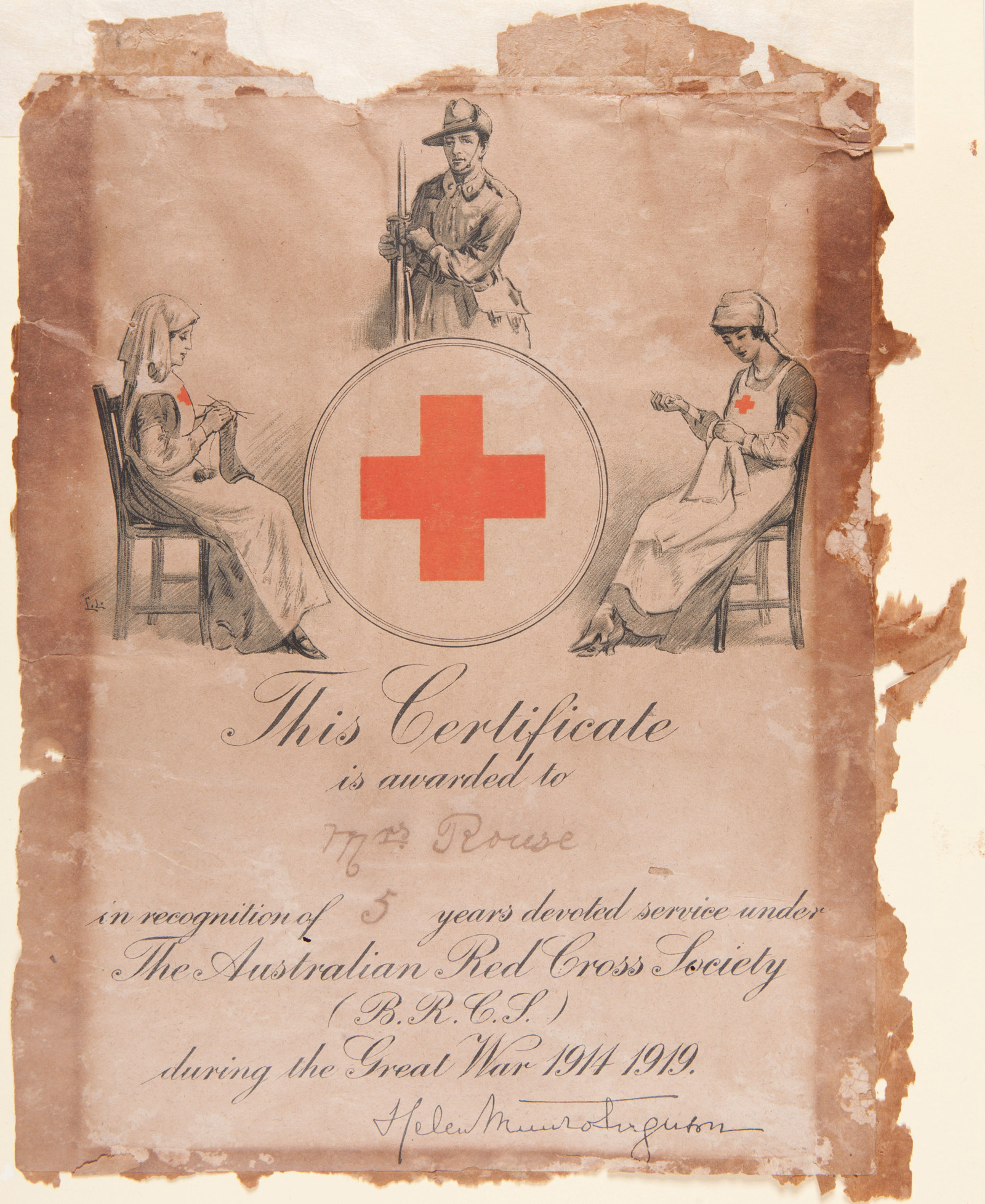
WW1
Home Front
As the war stretched on, thousands of women at home in Australia supported the war effort by volunteering for patriotic fundraising activities
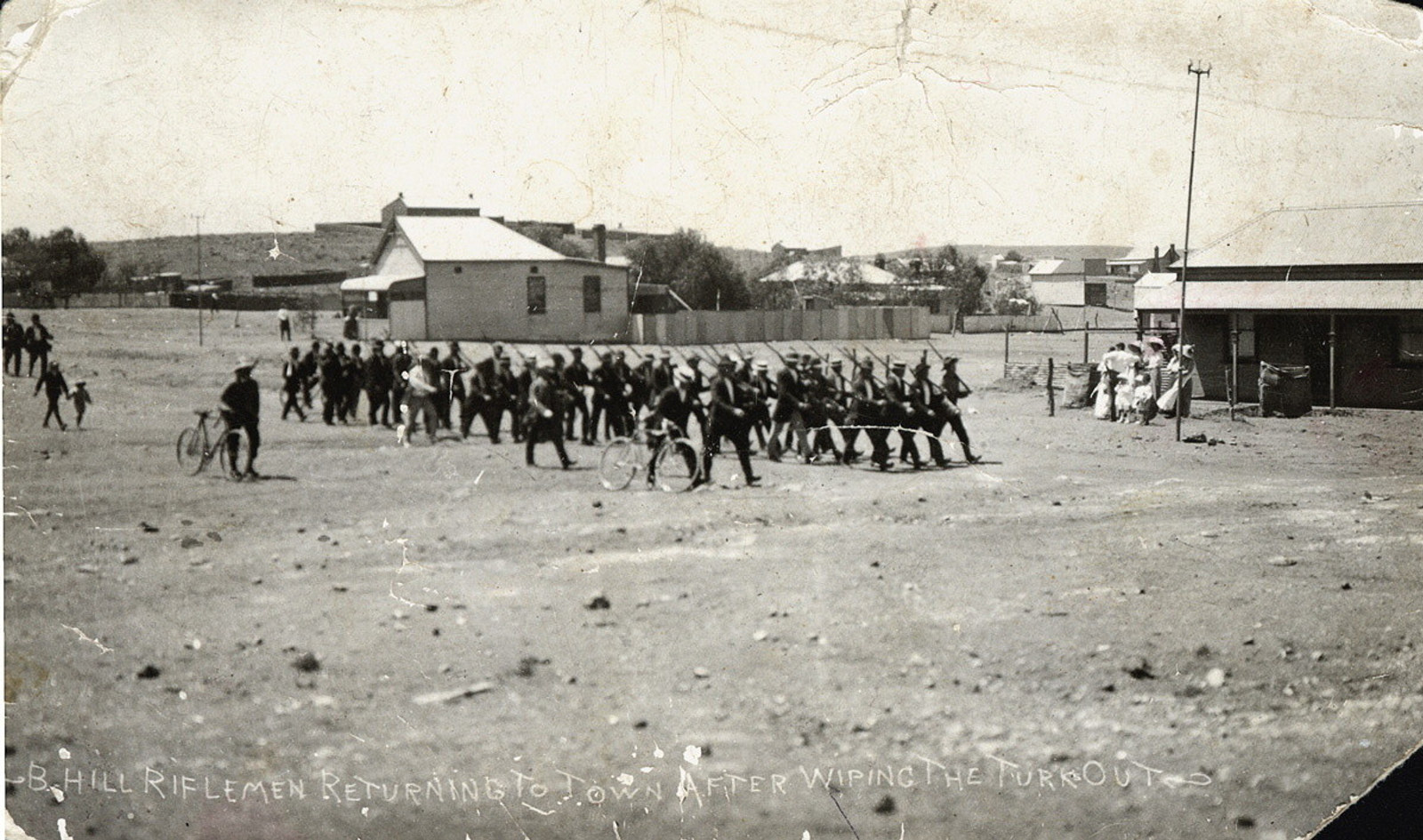
WW1
Enemy Within?
These stories explore the threat to Australia from within, from the identification of a section of the population as ‘enemy aliens’ to the formation of the jingoistic Anti-German League, and the radical ideology and activities of the Industrial Workers of the World (IWW)
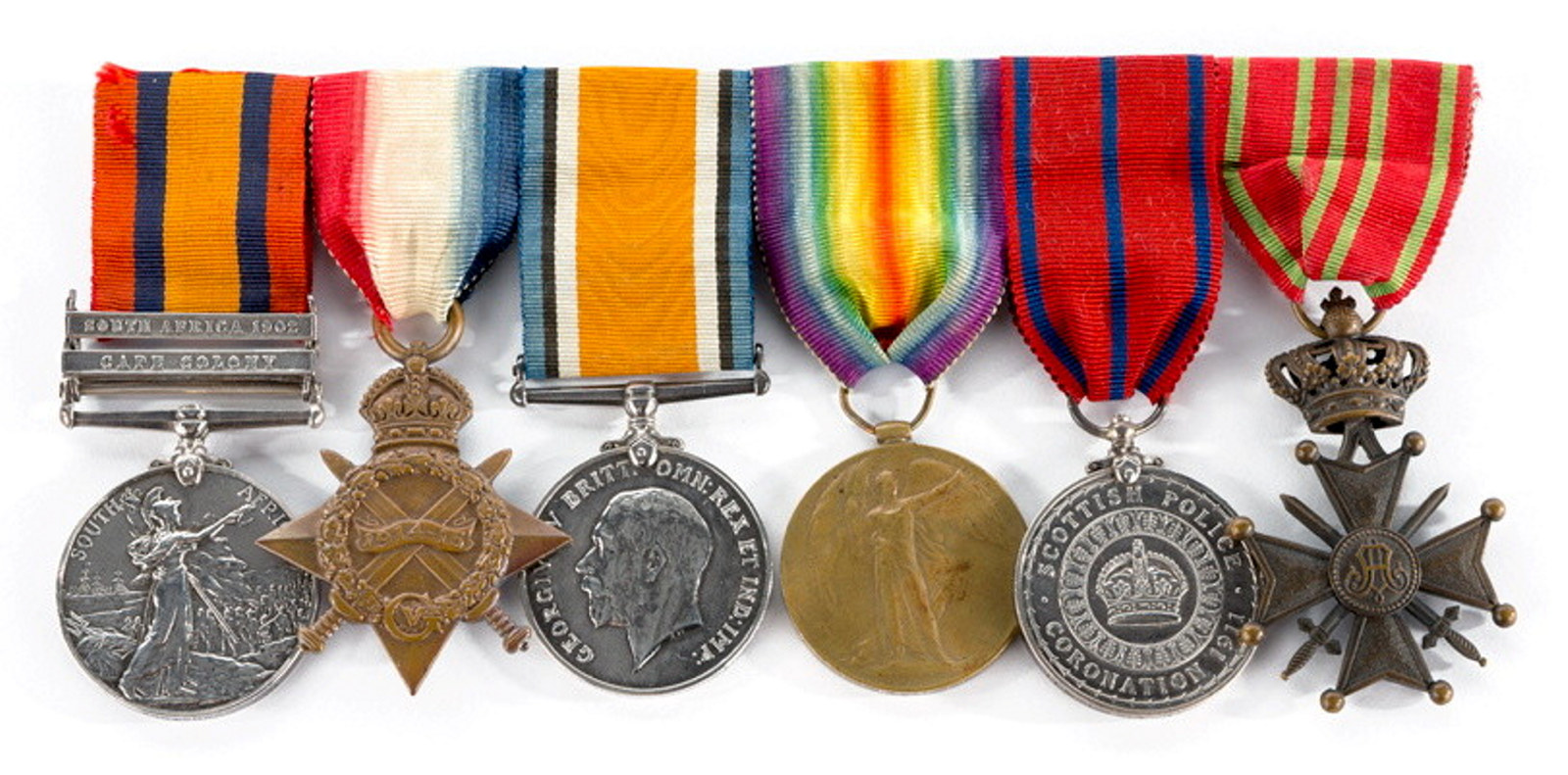
WW1
War Service
From the shores of Gallipoli to the sprawling Western Front, the stories told here reveal the powerful war experiences of ordinary soldiers. Some were decorated for bravery in the field, while others made the ultimate sacrifice
